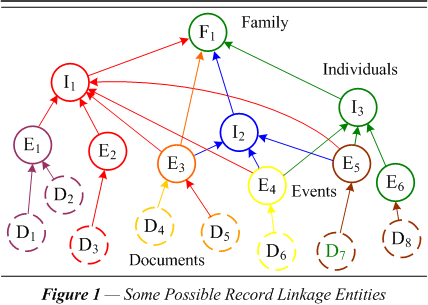Figure 1 relates the three basic kinds of linkage problems as
levels in a single process. Event linkage asks whether the two linked document records represent
the same event. For example, we may have two records of a person's death, the death certificate (D1)
and an obituary (D2). Both records identify the death (E1) of the individual (I1) on a certain date and
in a certain place. A third document may record the person's army enlistment (E2). There are a few
lines not on the figure that may exist. For example, the death certificate may mention parents or
other relatives. Thus D1 may also represent events of a different kind in the lives of other individuals
besides I1. For the parents the document implies (or even details) the birth event for their child, for
the spouse it implies their marriage event, and for witnesses or unrelated informants, it documents
some miscellaneous event in their adult lives.

Another example of event linkage is where the marriage records in the Family History
Department's International Genealogical Index (IGI) are duplicated. This index was begun in 1970
to access records of all marriages in the ordinance file. In this case the same event (E3) has two
records (D4 and D5) each detailing the event a bit differently. The marriage event involves just two
particular individuals (I1 and I2) directly, so that when the event linkage is successful, it is possible
to build two records for each of the two individuals and in turn link them. This linkage utilizes the
marriage documents in individual linkage. Besides referring to an event in the lives of the two
individuals, however, the marriage event refers primarily to the start of a nuclear family. Thus there
must be a line in figure 1 from E3 to F1.
